|
This is Real Bread Maker Week in the UK and in special tribute to such an important event I’m writing about Garfagnana Potato Bread. The Garfagnana is a spectacularly beautiful mountainous region in northwest Tuscany, due north of Lucca. There are various theories about the origins of potato bread. I’ve been told that during the Second World War, bread flour was scarce in the Garfagnana. It doesn’t do well on the rocky mountain terraces and has to be brought up the Serchio Valley from the Lucca plain. Since the valley was part of the Gothic Line during the war, not much could pass through the crossfire between the Germans and Americans. Potatoes, however, thrive, and people started adding mashed potato to bread dough to eke out the flour. I favour a different hypothesis. In the past women fired up the wood-burning oven and made bread only once a week. Sometime after 1800 when the potato, introduced earlier from South America, became common in European cuisine, someone must have discovered adding mashed potato produced a moister loaf which lasts for a week without turning into those rigid white bricks of southern Tuscany. It has so far infiltrated the traditional cuisine that Slow Food has honoured it with Presidium status, and what was a staple of peasants now appears as a glamorous star on the tables of foodies. The doyen of Garfagnana Potato Bread is Paolo Magazzini of Petrognola. Paolo’s mother was the village baker before him. When she was no longer fit for the arduous task, Paolo couldn’t bear to see the tradition die and took over her role. He built a new wood-fired oven that can hold 50 1-kilo loaves, instead of the 20 loaves his mother’s oven could bake at one time. During the week he bakes to order and his customers come to his wife’s shop in the village to collect their loaves. On Friday night he bakes as many as 150 loaves and on Saturday morning drives down the valley to Lucca, dropping off bread at shops and restaurants on the way. I take my clients to Paolo’s bakery to bake potato bread with him. He’s a natural teacher as well as a Real Bread Maker. The next blog will describe what we learn.
0 Comments
At the fruttivendola (fruit and veg shop) in La Villa, Bagni di Lucca, last week, I found the first signs of spring vegetables. Among them were carciofi mamme, or mamma’s artichokes. They’re bigger and more rotund than the pointy petite winter ones. The mamme don’t have spines at the tips of the leaves to draw blood if you’re not careful while preparing them. In fact, they resemble the globe artichokes we get in England during the summer, which I usually boil and eat dipped in melted butter. I’d never cooked them in Italy and I could have found a recipe on the internet when I got home, but it wouldn’t have told me how people prepare it here where I live. I always ask the person I’m buying from; they invariably know how to cook what they’re selling, and love to describe it to you. One of the many advantages of small shops over supermarkets. This one was simple. Break off some of the outer leaves. Cut the stem off even with the base so it will sit in a saucepan. Peel the stringy outer part off the stems. Make a stuffing from a little stale bread softened in water and crumbled by hand, some finely chopped pancetta, the peeled stems, parsley and garlic. The quantities are up to you. Open out the leaves and use a teaspoon to remove the choke from the centre if there is one. Press the stuffing into the centre and between the individual leaves. Heat some extra-virgin olive oil in a saucepan into which the stuffed artichokes will just fit and put them in bottoms down. Brown the bottoms for about 5 minutes. Pour in a glass of white wine and boil until the alcohol has evaporated. Add boiling water to come halfway up the artichokes, cover and simmer for about 45 minutes until tender. Remove the lid, raise the heat and boil until the liquid has reduced to form a good flavoured sauce. Allow to cool a bit before serving so they can be eaten with your fingers. Use some crusty country bread to mop up the sauce. Messy but full of beautifully blended flavours. Try it yourself, but please, please wait until globe artichokes are in season near you. It takes some time to prepare and won’t be worth the effort if the artichokes have been flown halfway round the world and then kept in a warehouse for a week and in the supermarket for another week. If no one cultivates artichokes near you, don’t bother. Cook something else.
|
Email Subscription
Click to subscribe to this blog and receive notifications of new posts by email. AuthorErica Jarman Categories
All
Archives
October 2023
|
|
copyright 2017 sapori-e-saperi.com | all rights reserved
|
Website by Reata Strickland Design

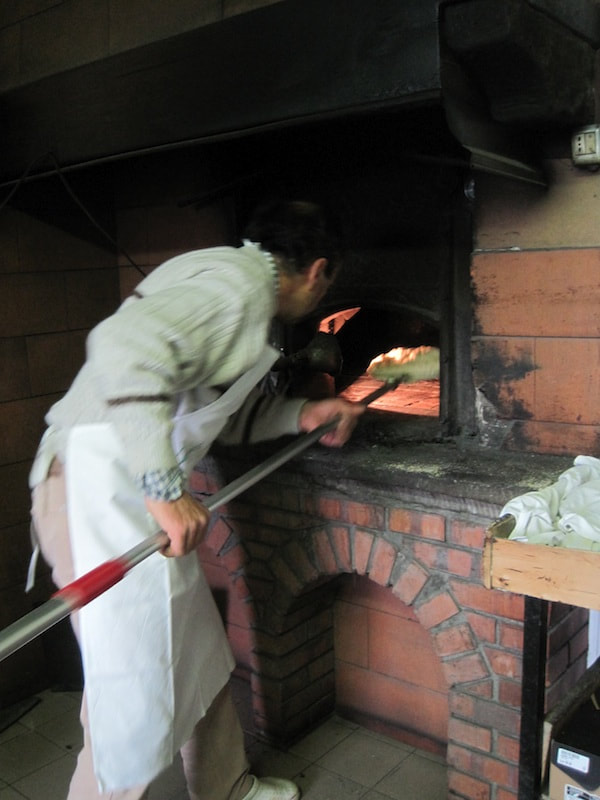
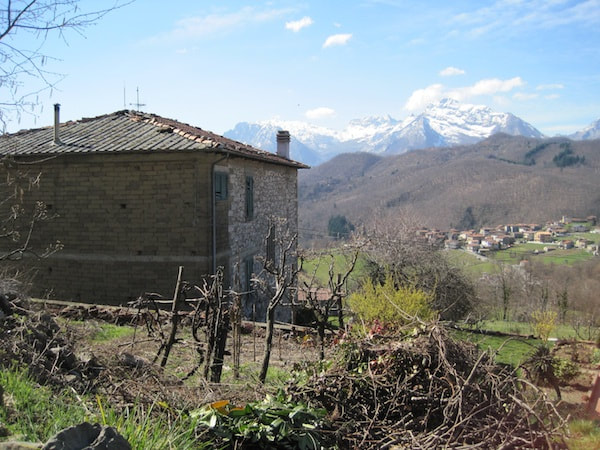
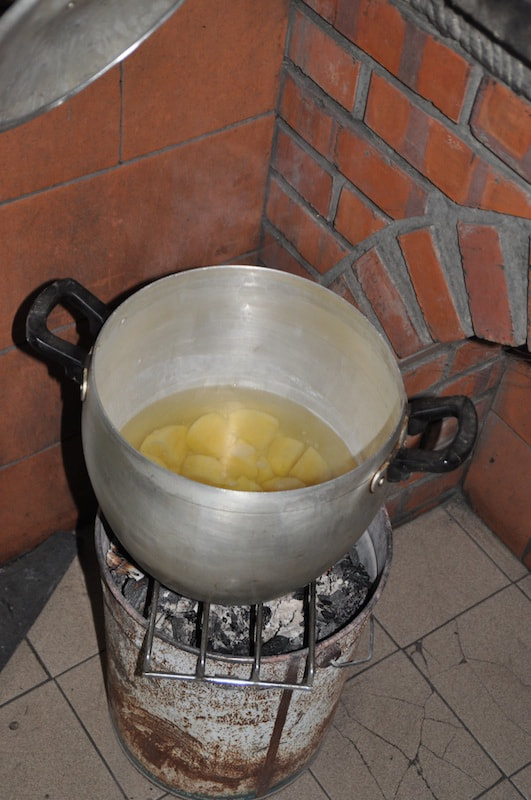
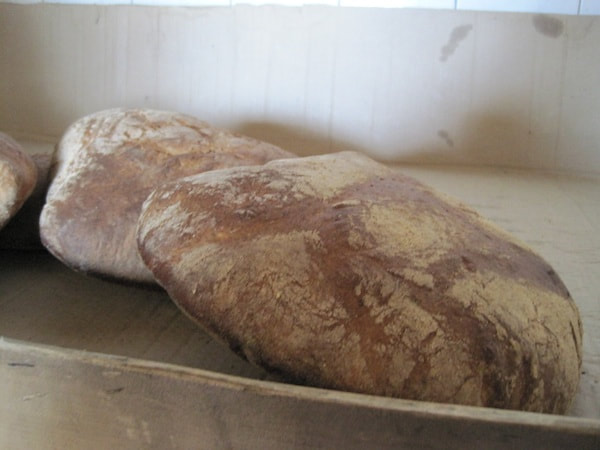
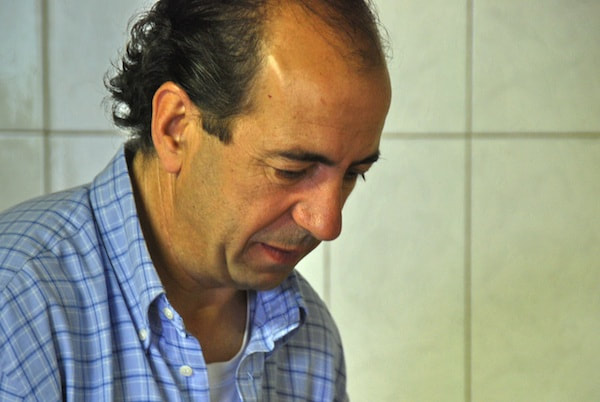
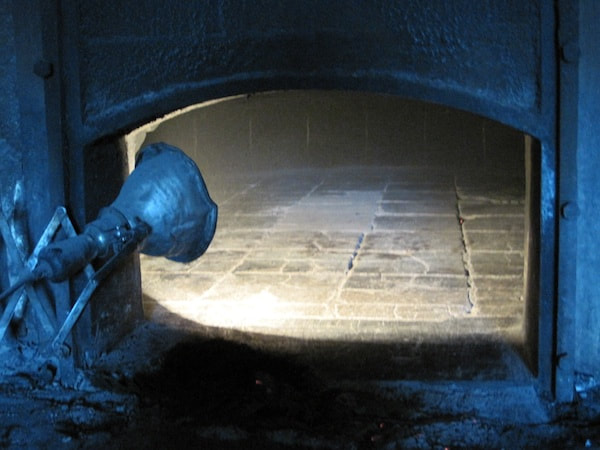
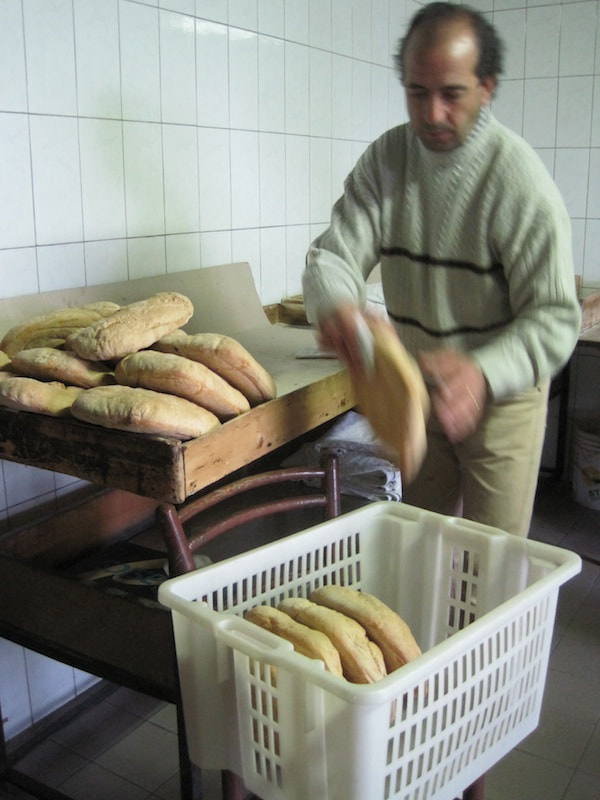
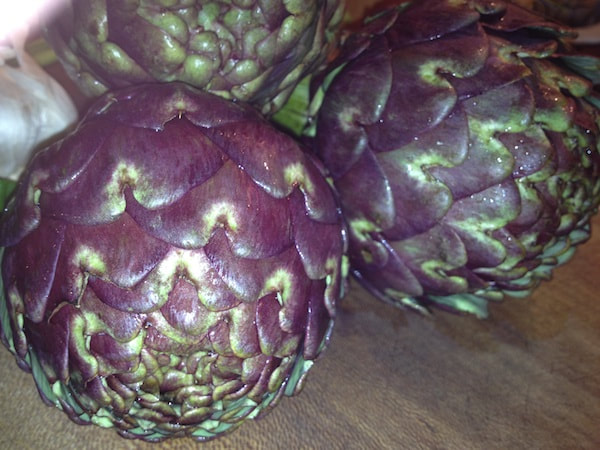
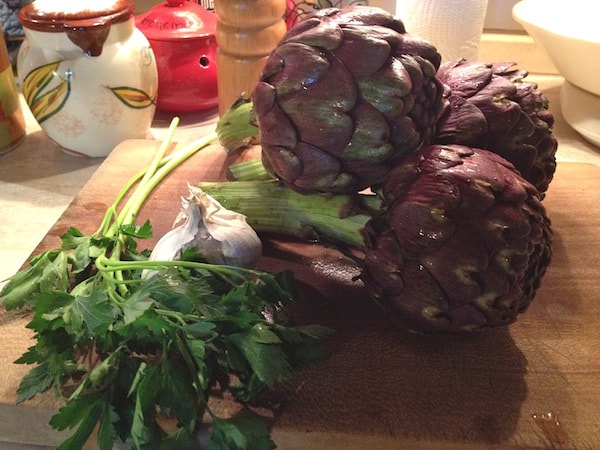
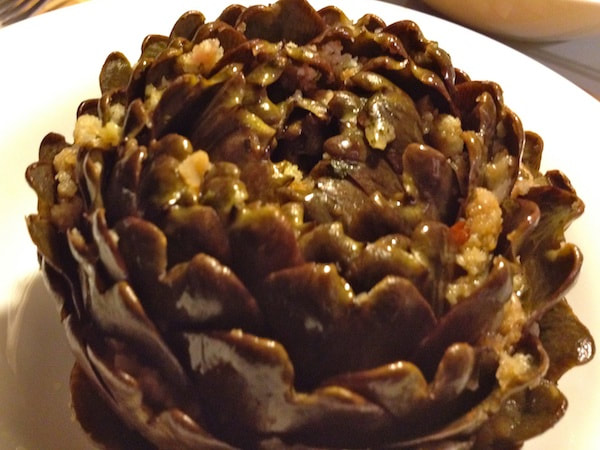
 RSS Feed
RSS Feed



